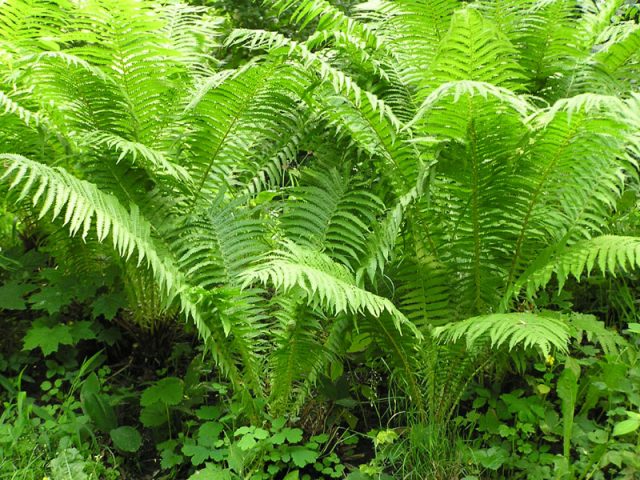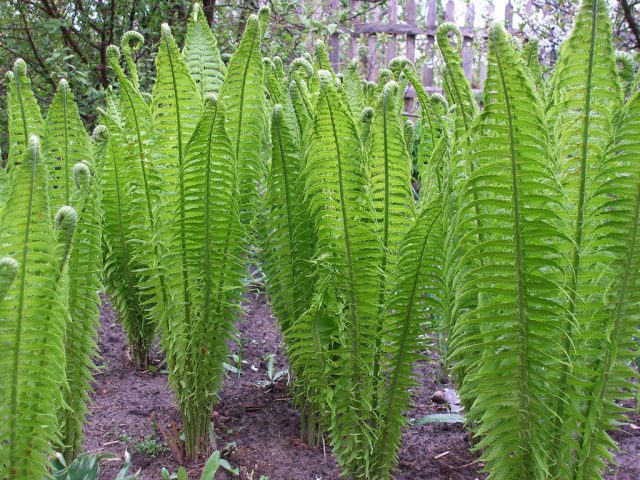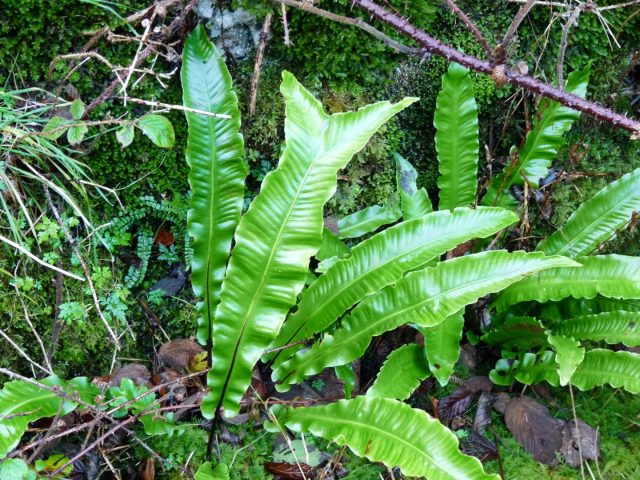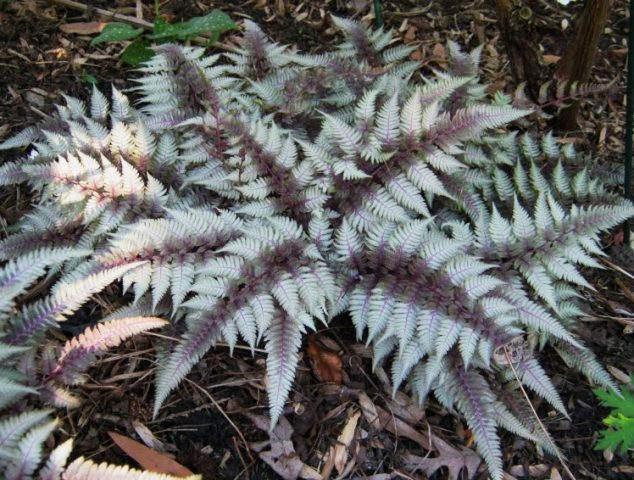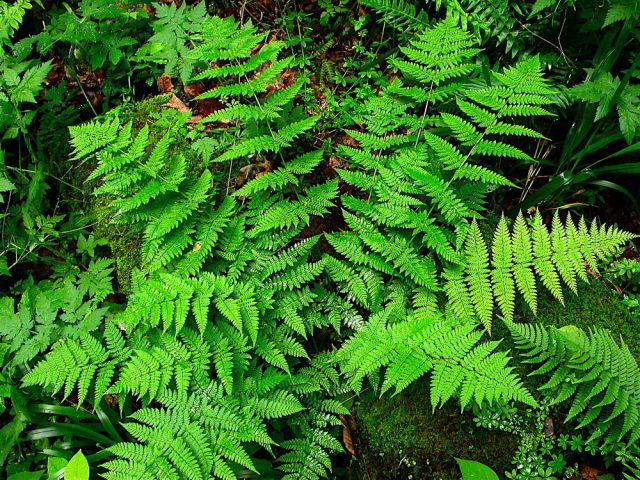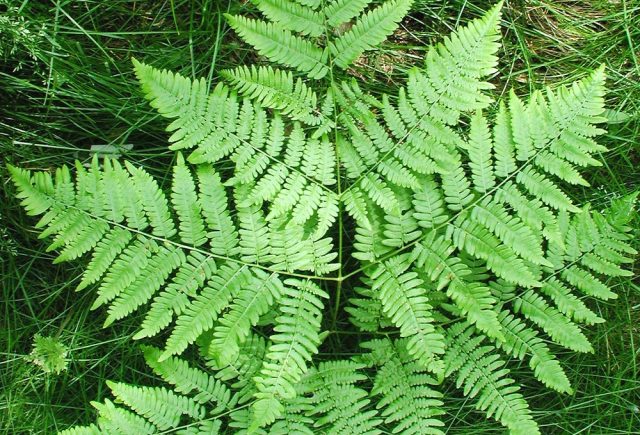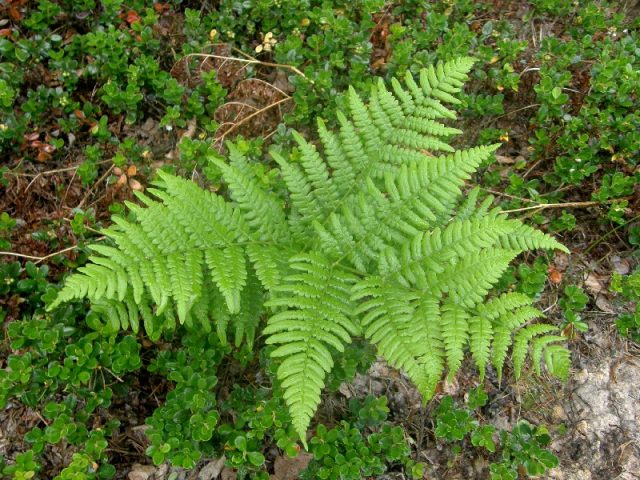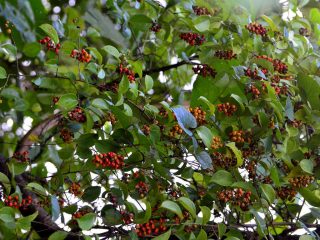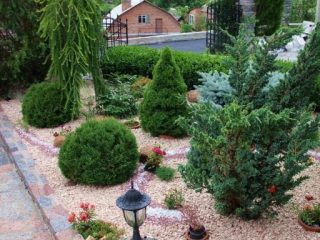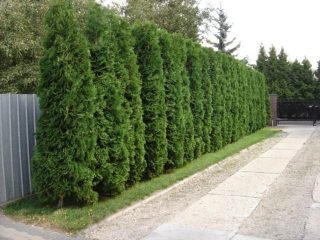Content
The fern in the forest remains from the time of the dinosaurs, some scientists believe. The statement is true, but partially. The perennials that now grow in the forest are only a remnant of the flora kingdom that inhabited the planet several million years ago. As a result of climatic changes, most of the oldest plants died. People are looking for the mystical flower of the forest fern on Ivan Kupala and believe that it will bring happiness. However, giving is a lot for romantic natures, while gardeners appreciate the herbaceous perennial for its unique look.
What ferns grow in the forest
Plants of the Dennstedtiye family can be found throughout Russia. In the temperate part, there are several dozen varieties. The most famous forest perennials with non-growing leaves are used in gardens.
Forest ferns include:
- Common ostrich - the shape of the leaves resembles an ostrich feather. The most beautiful view is in the middle of summer. Recommended for planting as a large shrub or as a backdrop. Fully develops in wet and open areas;
- Centipede leaflet - in the wild, it chooses damp, semi-dark places for growth. Occurs on limestone soils. In the photo, a leaflet growing in the forest vaguely resembles a tropical fern;
- Japanese kochedzhnik is a winter-hardy species. Can grow in Central Russia without shelter. A moist, loose, nutrient medium is suitable for this plant. Grows in partial shade. The forest fern is capable of reproduction by dividing the bush;
- Scabbard chartres - grows well in dry, open areas. A well-known remedy in folk medicine;
- Orlyak Orlyak is an edible plant. Famous and conspicuous in the forests. Appears in late April or early May. Young shoots are revered in the Far East, Japan, China;
- Brown's Perennial Fern - The description indicates that this perennial forest fern has a thick rhizome. Occurs in shady forests, on limestone soils. Use it to create a group composition.
General description of forest fern
Fern is the common name for spore plants. They are all similar in appearance. Forests are thickened with plantations, thickets of various types. Herbaceous culture is located in the upper and lower tiers of the forest, regardless of the species.
Description of forest fern:
- The height varies, its range is 30-150 cm. The width is 25-30 cm.
- The trunk is small, smooth or scaly.
- Leaves are complex, have a feather-like, serrated shape.
- The color is light or dark green, depending on the place of growth. The leaf consists of a cutting and a plate with characteristic branching.
- Foliage actively participates in the process of photosynthesis, is a carrier of spores, due to which forest ferns reproduce.
- Sori are located under the leaf plate.
- The root system is branched, powerful, well developed.
- The color is dark brown, flat, oblong with a curved edge.
Where does the fern grow in the forest
Forest ferns grow on all continents except Antarctica. The favorite habitat in Russia is light forests. Dominated in places where it is damp and warm.Spore plants prefer light, sandy soils. The ability to grow in conditions of lack of nutrients in the soil is a virtue for the forest fern.
Most often, forest plants are found on open forest edges, hills, thickets of bushes. They grow in both coniferous and deciduous forests. Often in the clearing, they clog the stunted grass. They grow actively and create solid, difficult-to-pass thickets. Quite often a forest plant develops clearings.
The medicinal properties of forest fern
The main advantage of the forest fern is the fight against intestinal parasites. The chemical composition includes derivatives of phloroglucinol: albaspidin and aspidinol, as well as flavaspidic and fern acids. These substances cause paralysis of the muscles of the disease-causing worms.
In folk medicine, the vegetative part and rhizomes are used to treat diseases. Basic recipes from the leaves of the forest plant will come in handy in the treatment:
- congestion in the large intestine and spleen;
- bronchitis;
- infestation with helminths;
- leukemia;
- radiation sickness;
- joint pain.
Powder is made from dry foliage, and fresh herbs are finely chopped. Then add 1 tsp. in a salad or first course.
The beneficial properties of forest fern can surprise even modern doctors. Unique components accumulate in the lower part of the plant. Due to this, the decoction from the roots has cleansing, antiseptic, anti-inflammatory, analgesic properties. It removes toxins and toxins well from the body. A folk remedy helps to get rid of headaches, rheumatism, ulcers, chronic constipation. Promotes the healing of extensive wounds, restores the work of the cardiovascular system.
A decoction of forest fern rhizomes is easy to prepare: pour 10 g of dried natural material with a glass of water. Boil for 1.5-2 hours. You can take it with honey. Such a miraculous broth will help in the treatment of:
- jaundice;
- colds;
- abscesses;
- cramps of the calf muscles;
- diseases of the middle ear.
What types of wild fern are poisonous
Of the numerous forest species growing in Central Russia, Orlyak Orlyak and Male Shitovnik are poisonous.
Forest fern Orlyak vulgaris causes poisoning in animals when using green mass. The leaves of the plant contain thiamine, which can provoke vitamin deficiency in horses. Another, as yet undefined substance, causes cancerous tumors in cattle. The development of the disease and the effect depend on the dose. At the same time, during heat treatment, Orlyak is a delicacy product.
Forest ferns, belonging to the genus Shchitovnik, are the most poisonous. Leaves - low-hazard, harmful - rhizomes. The first symptoms of poisoning: vomiting, dizziness, diarrhea, visual disturbances, abdominal pain. A state of drowsiness, temporary paralysis develops.
Due to the fact that forest ferns contain toxic substances, medicines from them have contraindications for use. It is not allowed to take them during pregnancy, as well as to people suffering from:
- kidney, liver disease;
- stomach ulcer;
- tuberculosis;
- anemia;
- allergic reactions to alkaloids.
Conclusion
Ferns in the forest are common. But not everyone knows how much useful these plants carry. The unusual composition is able to fight intestinal parasites. Bright, rich taste is appreciated by lovers of food delights. And the appearance and undemanding care attracts landscape designers.
